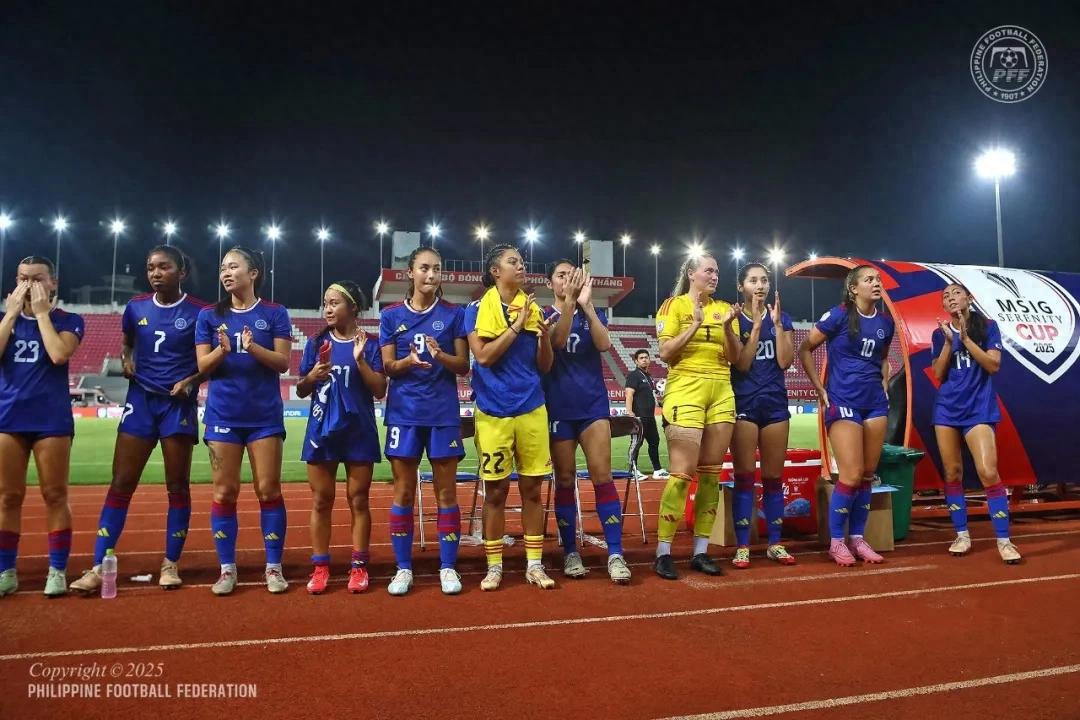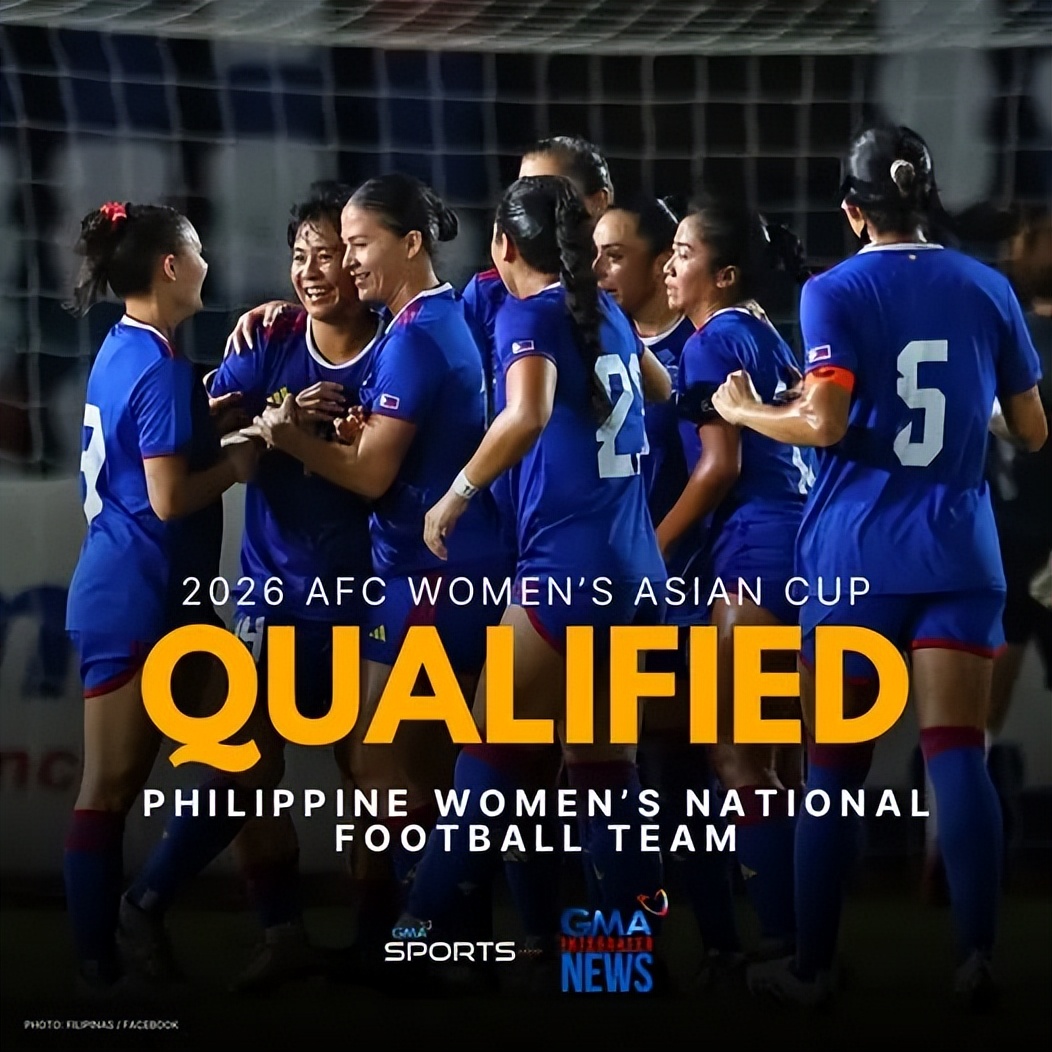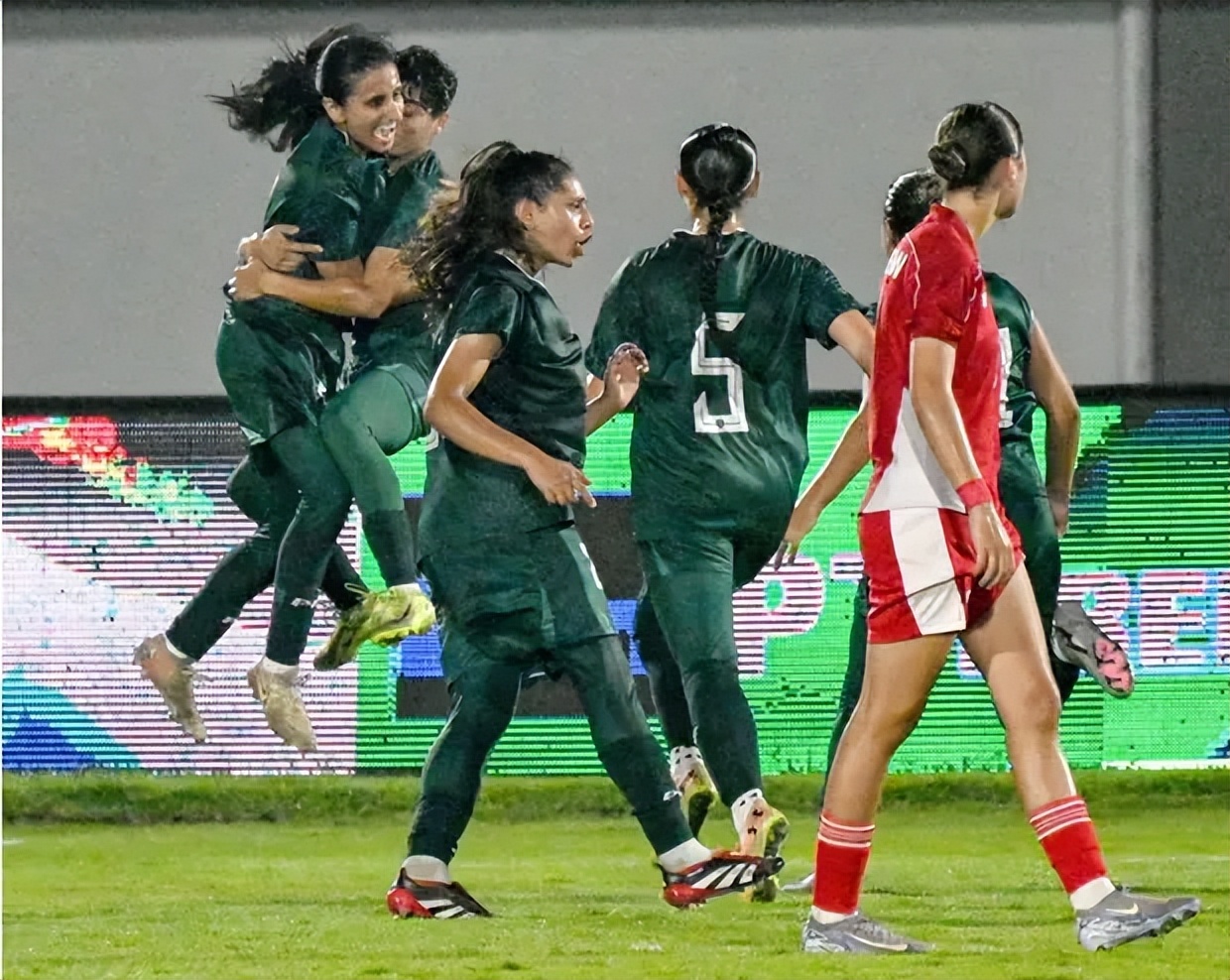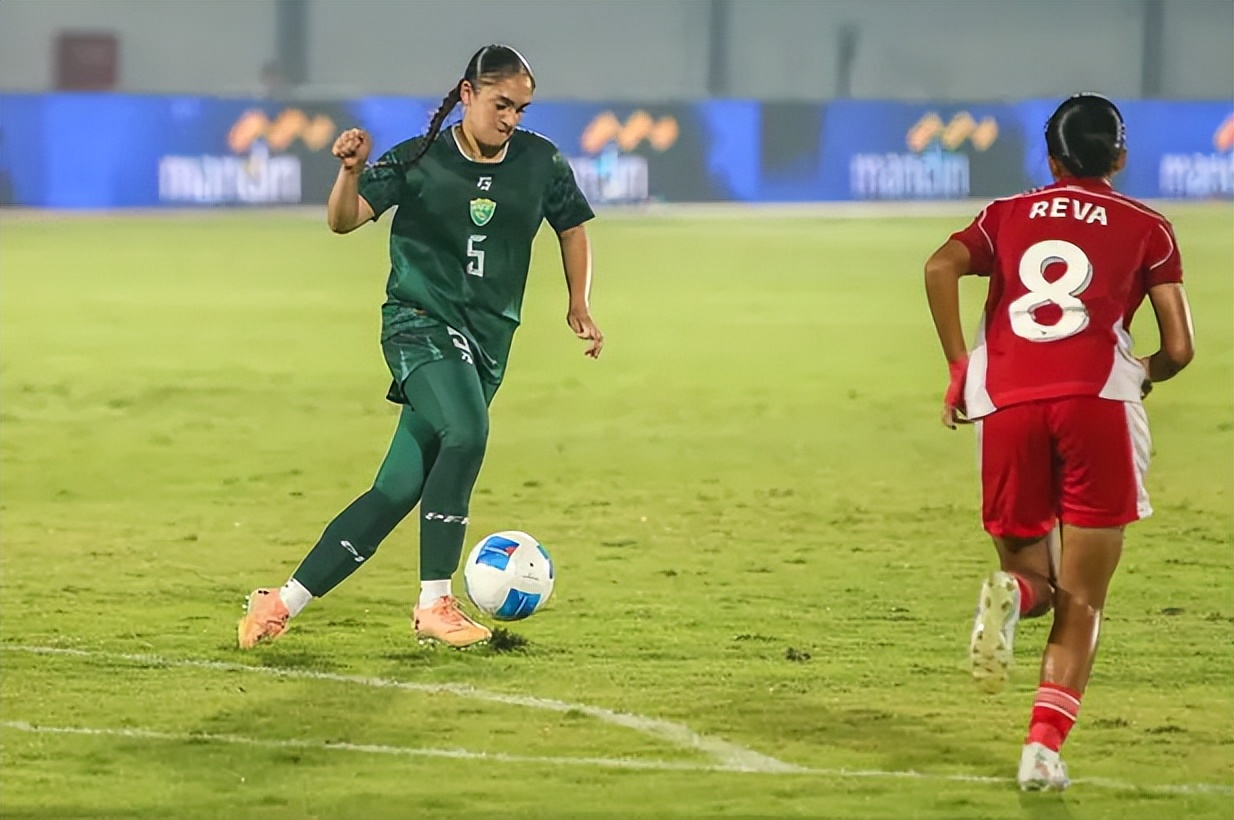After the Philippines, now Pakistan? Mass naturalization may reshape the landscape of Asian women's football

By Han Bing Next year’s Women’s Asian Cup will take place in Australia. Among the 12 teams competing, the one with the largest number of players abroad is not Japan, nor Australia which shares the men’s team’s European playing tradition, but the Philippines, which has naturalized many players recently.
Starting from the “Jordan Plan” in 2017, the Philippines has gained great advantage from numerous US-naturalized players, dramatically improving their women’s football team. Four years ago, they made a stunning breakthrough at the Women’s Asian Cup, winning a penalty shootout against Chinese Taipei in the quarterfinals, reaching the semifinals for the first time in history and securing a spot in the Women’s World Cup. Four years later, with naturalized players as the core, can the Philippines continue to disrupt the traditional order of Asian women’s football?
Since 2012, the Philippines began naturalizing female footballers of Filipino descent from the United States, but the real transformation happened in 2017. That year, they launched the “Jordan Plan,” with Filipino-Chinese businessman Jefferson Cheng becoming the sponsor and team manager. The Philippine Football Federation set up a scouting and training camp in the US to assess naturalized players, lasting three months, which was then moved to Japan in March 2018. The Philippines achieved their best-ever result at the 2018 Women’s Asian Cup, finishing sixth, and reached the semifinals in 2022. However, North Korea’s withdrawal from that tournament somewhat diminished the value of their achievement.

For the 2026 Women’s Asian Cup, the Philippines are ambitious. In the qualifiers, they won all three matches, scoring a total of 14 goals and keeping clean sheets throughout. Among the 23 players called up for the Southeast Asian Cup in August, 17 were naturalized players raised in the United States. Additionally, substitute goalkeeper Nina Maiolo grew up in England, and only five players on the entire team are locally born. Counting all players selected in the past year, there are as many as 35 naturalized players from the US, Canada, England, Australia, and Norway.
Among the naturalized players are high-level talents like Angela Byrd (Australia), Maz Pacheco (England), Leah Harrison (USA), Kyra Hansen, Jacqueline Savicki (Canada), Sara Eggesvik, and Meryl Serrano (Norway), all with youth national team experience from their birth countries. In August’s Southeast Asian Cup, the Philippines fielded a second-string team and narrowly lost 0-1 to Australia U23, demonstrating their considerable strength.
Today, the Philippines rank just behind the traditional Asian powerhouses China, Japan, North Korea, South Korea, and Australia, and are on par with Vietnam and Chinese Taipei. With this group of naturalized players who have youth national team experience in Europe and North America, many believe they have the potential to break the traditional pattern of Asian women’s football. Next year’s Women’s Asian Cup also serves as a qualifier for the Women’s World Cup, with the top six teams qualifying directly and two more spots available via playoffs, greatly increasing the Philippines’ chances of qualifying for the second time.

Another highlight from the summer Women’s Asian Cup qualifiers is the Pakistan women’s team. Once at the bottom of Asian women’s football, Pakistan did not participate in any official matches from 2014 to 2022. However, after following the Philippines’ lead by naturalizing players born in England and the United States in batches, their strength has surged. Of the 22 players in the summer qualifiers, 13 are naturalized, including nine from England and four from the US. Forward Zahmina Malik, 23, was trained in Tottenham’s youth system; 24-year-old forward Natia Khan plays for Blackburn; 27-year-old Aksa Mushtaq has played for Napoli and Roma women’s teams.
It is worth mentioning that almost all Pakistan’s naturalized players had never set foot in the country before participating in this year’s Women’s Asian Cup qualifiers, but they take great pride in representing Pakistan. In the qualifiers, they defeated higher-ranked teams such as Indonesia and Kyrgyzstan. Given time and increasing numbers of naturalized players, Pakistan is set to become a formidable force in Asian women’s football.
In the future of Asian women’s football, the Chinese women’s team will have to watch out for “naturalized squads” like the Philippines and Pakistan.











 Links
Links
 Contact
Contact
 App
App


